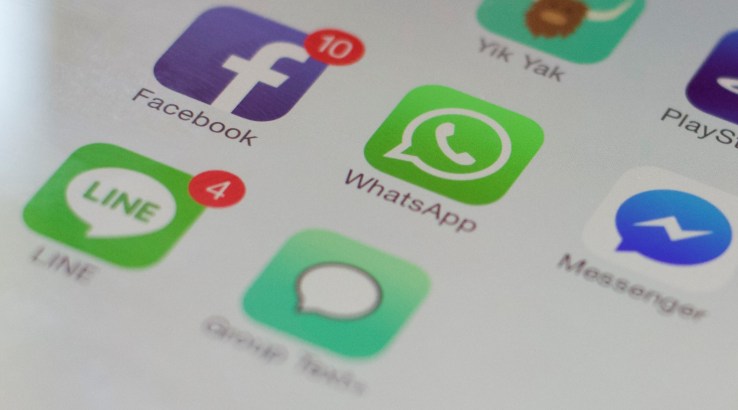Remember when WhatsApp didn’t want to make money?

It’s a great move.
Messaging is huge, and there is vast scope for bringing brands and businesses on board. It’s a process that’s been happening for years, predominantly with Asia-based chat apps that let users follow official accounts, but enterprising business people in emerging markets have long found ways to make use of the hugely popular WhatsApp service despite no features.
Two years ago I wrote that chat apps were becoming as important as social media for brands, and that shift has only continued. So it is high time WhatsApp got on board given its insane userbase of more than one billion people.
But it wasn’t always that way.
WhatsApp once had a very strict focus on messaging only, with plenty of negative words for rival companies who dared to mix business with their chat app product

